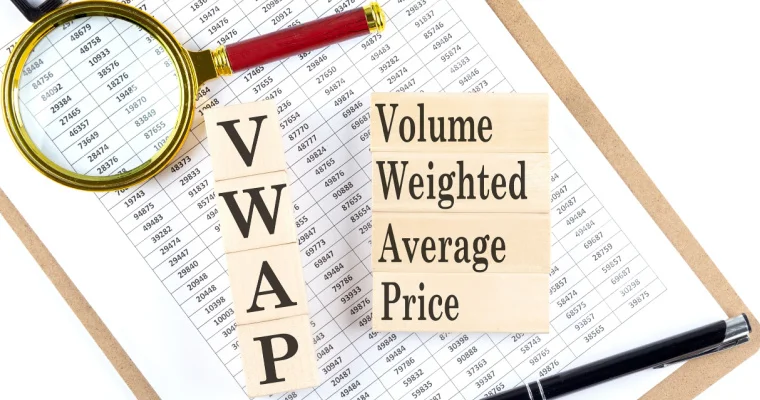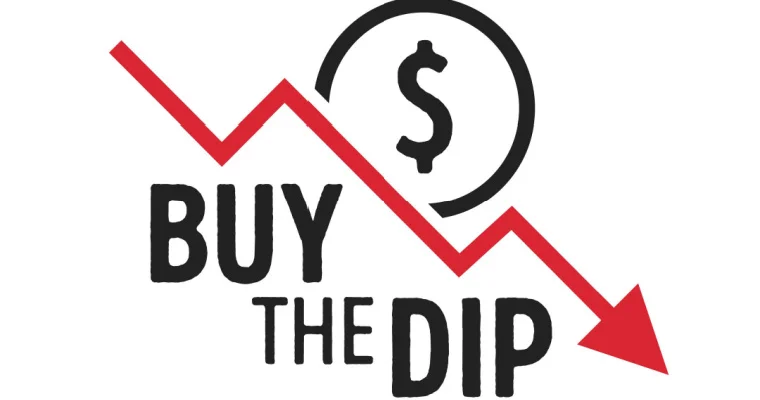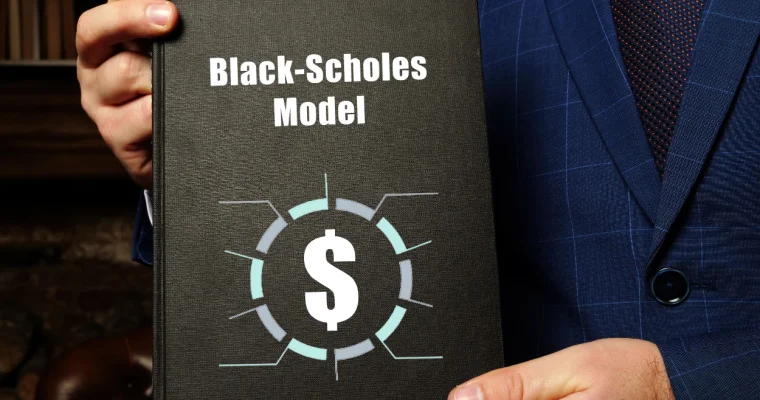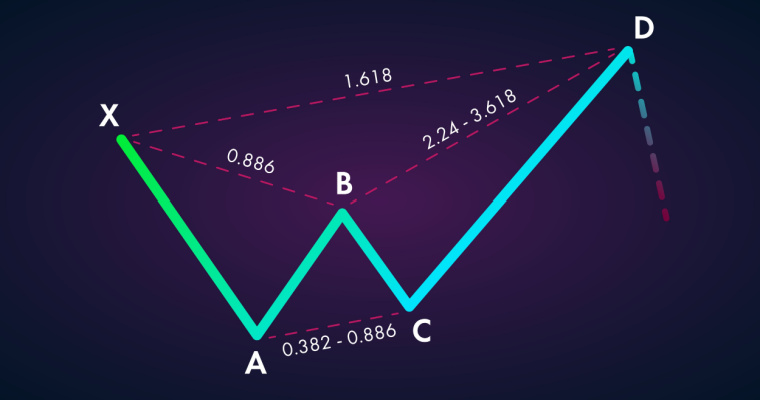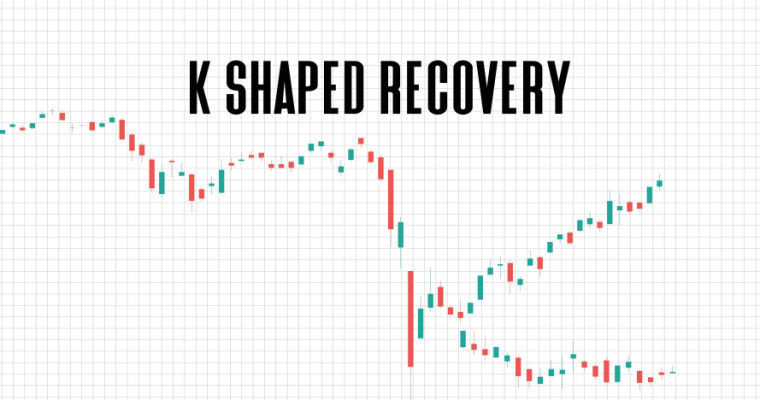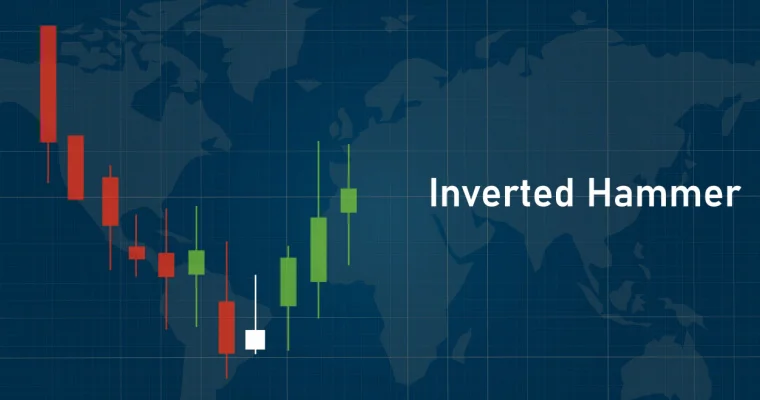What is Price Action Trading: Its Strategy, Stop Loss and Profit Targets
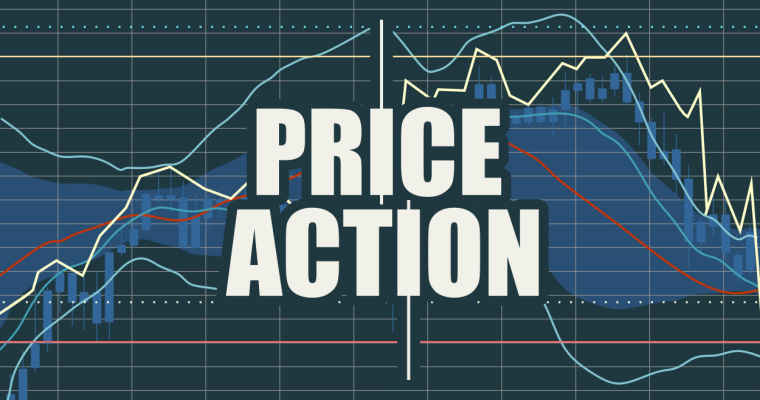
Price action trading is a methodology in which the trader solely relies on analysing a security’s price action to make trading decisions. Using different chart types, particularly the candlestick chart, traders plot the security’s price over a specific period to interpret price trends and identify breakouts and reversals. By analysing the price action on a ‘clean’ or ‘naked’ chart, the trader can filter through excess information that can cloud the data.
Before we delve deep, let’s first understand what is price action in trading.
What is Price Action?
Price action is the movement of a security’s price over a specified time period. It measures the ‘action’ of the price by analysing its movement and changes over time.
One may also take into account the volume of trading to determine the price volume action.
The basic premise of price action is to gauge the relation of the current price of securities to its past price movement. Price action observable in a ‘naked’ or ‘clean’ chart holds priority for traders in determining their entry and exit points in a trade.
Price Action Trading Pattern and Strategies
Price action trading patterns or price action ‘signals’ or ‘triggers’ provide crucial alerts to traders regarding future price movements.
1. Price Action Trendline Trading
It involves the study of trends which rely on following the existing market trends. So, if the price of a security is bullish, the trader should follow the trend and buy the asset to make profits. Conversely, when the market trend is bearish, the trader shorts the assets to make gains.
2. Pin Bar Pattern
The pin bar pattern is a single price bar, often a price action candlestick pattern, which signals a price reversal. It signals a rejection of the security’s price, and traders should consider it against the backdrop of the larger market context. It has a long wick with a small body. If the wick has a longer lower tail, the security could witness an uptrend.
3. Inside Bar Pattern
The inside bar pattern is a two-bar trading strategy where the inner bar is smaller than the outer bar (or the mother bar). The inside bar falls within the range, high-low level, of the outer bar and often appears in a period of consolidation. However, they can also indicate a market reversal by moving away from the support or resistance levels. In a trending market, the insider bar trading strategy can follow the trend or counter-trend by placing sell buy or sell stop at the two ends of the mother bar.
4. Fakey Pattern
It is the false breakout of an inside bar pattern where the inside bar will briefly breakout but returns to the trading range of the mother bar. It is a ‘fake’ pattern that briefly misdirects the market into thinking that the price movement is going one way when moving in the other direction.
5. Trend Following Retracement Entry
Retracement is a period of rest or correction during a continuation pattern. The price action trading strategy would be to follow the prevailing market trend. A trader can take a short position if there is a downtrend in the asset price while buying in if the pattern ascends to a new price high.
6. Trend Following Breakout Entry
A breakout in the securities market happens when the support or resistance levels are ascended to create new highs. Tracking major movements as a breakout relies on the assumption that a retracement will follow. For traders, this is a signal to act by taking a long position when there is a price breakout above the resistance line. On the other hand, if the price falls below the support, traders can take a short position.
7. Head and Shoulder Pattern
It is a reversal pattern that is generally bearish. It consists of two swing highs or ‘shoulders’ with a higher ‘head’ between them with a supporting neckline. The price rises, then falls, rises again to a new high to fall again, and rises to a lower high level followed by a modest drop. Traders can enter the trade at the breakout point of the left shoulder and place the stop-loss at the high level of the right shoulder.
Also Read
How to Read Price Action?
Price action trading relies on knowledge to accurately read and analyse price charts. At the basic level, the price action involves understanding the price bar. The price bar denotes four sets of information regarding the price level at a given point: high, low, open, and close. The candlestick will likewise inform a trader regarding the high and low prices for a time duration. A long upper shadow signals selling pressure, while a long lower shadow implies buying pressure. The highs and lows also indicate the support and resistance levels.
Price action trading, however, depends on looking at the candlestick or price bars along with the preceding price movements. It reveals important information regarding the relation of the current price level to previous price levels. Trending waves (or impulsive waves) and pullback waves (or corrective waves) signal the direction of future price movements. The former should be larger than the latter for a trend to exist. The corrective wave only partially reverses the direction of a trending wave. But when the corrective wave becomes as large as the trending wave, it signals a potential reversal in trend. Therefore, a trader can determine the strength of a market trend by looking at the size of the wave.
Examples of Price Action Trading Strategies
A pin bar pattern can signal a reversal trend in the securities market. When a pin bar signals a reversal in bullish trends, a trader should first consider the high and low points of the pin bar and its length. A trader can enter the trade when the price moves beyond the low point of the pin bar. The stop-loss should be set at the high point of the bearish pin bar. This strategy will help a trader earn a favourable risk-reward ratio.
Stop Losses and Profit Targets for Price Action Trading
Knowing the right moment to exit a trade can save a trader from tremendous losses. A stop-loss controls the risk of a trade position. In price action trading, a stop-loss placement for shorting should be below the most recent swing high. It prevents the price level from driving too low or too high.
- Indicators for Price Action Trading: Price action indicators are technical signals that give traders a view of the market structure. It guides them in determining the point of entry, exit, stop-loss, and profit targets.
- Fibonacci Retracements: It outlines the area which could experience a pullback by connecting two points in a chart (generally a high and low point). The two points are connected by a horizontal line indicating where the support and resistance levels are likely to occur. The retracement levels are percentages where the pullback could occur, namely, 23.6%, 38.2%, 50% (unofficial), 61.8%, and 78.6%.
- Relative Strength Index (RSI): The relative strength index is a technical momentum oscillator that measures the speed and change in price movements. It oscillates within the 0 and 100 range, although the ideal range for traders is between 30 and 70.
- Stochastic Oscillator: It is a momentum indicator similar to RSI that focuses on the momentum of price movements. It indicates whether an asset is oversold or overbought through price action. It identifies potential trend reversals by comparing the closing price to previous price movements (generally 14 previous periods). When the stochastic line falls below 20, then the asset is considered oversold, while a level over 80 signals that it is overbought.
- Heiken Ashi: Heiken Ashi, or the ‘average bar,’ is a technical analysis indicator and a chart type that helps identify market trends and trend reversals in the short term. A variation of the candlestick chart, the Heiken Ashi indicator averages the price movements of a regular candlestick chart. It, therefore, displays a smoother price movement.
- Bollinger Band: Consisting of three lines- the upper, lower, and middle bands- the Bollinger band helps indicate a trend’s direction and reversal and monitor volatility. The middle band is the moving average (usually a 20-day simple moving average) and serves as the base for the upper and lower bands to measure volatility in price action trading.
Also Read
Why is Price Action Popular Among Forex Traders?
Price action is popular among forex traders for the following reasons:
- It provides forex traders with a clean or naked chart and precise first-hand data, simplifying the process for both the novice and the experienced.
- The traders will find it easier to open and close their positions by using the support and resistance levels in a highly liquid market.
- Given the market’s maturity, it may be easier to identify trends using price action trading.
Final Word
Price action trading’s primary advantage lies in its ability to declutter secondary information and noise and focus solely on the price action. The price action reflects broader market sentiments and trends. So, traders believe that second-hand values are inconsequential in making trading decisions and identifying future price movements.
Is trading too complex for you? A better alternative would be investing in mutual funds. Where and how to start investing? Explore Navi Mutual Fund schemes and invest in the fund of your choice. What you get – low-cost funds across geographies, investments starting as low as Rs.10, diverse sectors, and more.
FAQs
Ans. Price action trading can be particularly beneficial for swing traders because they can observe oscillations and price movements of an asset. By keeping the chart ‘clean,’ swing traders can focus simply on the price action.
Ans. Price action trading relies exclusively on the price movement of a security. As a result, they neglect broader fundamental factors, like economic indicators, which have widespread ramifications on the market. It may lead to being blindsided by these key events and their impact on price movement.
Ans. Higher highs in price action trading are peaks on the price chart in which the ‘higher high’ stands taller than the previous peaks or high points. ‘Higher lows’ form when the low point of a bottom is higher than its preceding bottom.
Ans. The price action continuation pattern emerges when the price of an asset follows the previous price trend, whether an uptrend or downtrend. A price reversal trend marks a change in the direction of price movement.
Ans. A support level is a level at which an asset’s price finds support despite selling pressure. On the contrary, a resistance level is a level at which the asset price encounters resistance despite buying pressures.

Customer’s Feedback
No comments found.Illiquid Stocks Guide: Definition, Examples, and its Working
Illiquid stocks are part of a long-term investment strategy that is appropriate for investors who a... Read More »What is Shooting Star Candlestick Pattern in Trading?
The shooting star candlestick pattern is considered to be a bearish reversal candlestick ... Read More »What is VWAP Indicator and How to Use it for Trading
The VWAP indicator shows the volume-weighted average market price of a particular stock. You can us... Read More »What is Buy the Dip Strategy in Trading – Working and Example
‘Buy the dip’ is one of the most common phrases in the stock market. It is sort of a go-t... Read More »What is the Black Scholes Model – Formula, Calculation and Assumptions
Among the important concepts in modern financial theory, the Black Scholes model, developed in 1973... Read More »What is Iron Condor and What are its Strategies?
Iron Condor is an options trading strategy that involves four options with the same expiration date... Read More »What is Harmonic Pattern and How Does it Help in Trading?
Harmonic patterns are one of the most efficient and effective trading patterns. Although they are m... Read More »What is a Contract Note and Why is it Important?
Contract note is a legal document containing the details of every stockbroker's trade on a stock ex... Read More »What is K-shaped Recovery: Indication, Example and
Economies go through multiple phases in business cycles. One such phase is a recession which is mar... Read More »Guide to Book Building – Its Types, Benefits and Process
Initial public offerings (IPOs) are priced as specified by their underwriters. The process by which... Read More »Support and Resistance in Trading: Working, Strategies, Uses and Example
Support and resistance are two of the most significant and practical concepts in technical analysis... Read More »What is the Inverted Hammer Pattern and How to Identify It?
The inverted hammer is one of the most popular candlestick patterns and is considered essential for... Read More »Top 10 Chit Fund Schemes in India in 2023
Chit funds are one of the most popular return-generating saving schemes in India. It is a financial... Read More »10 Best Gold ETFs in India to Invest in April 2023
Gold ETFs or Gold Exchange Traded Funds are passively managed funds that track the price of physica... Read More »10 Best Demat Accounts in India for Beginners in 2023
Creation of Demat accounts revolutionised the way trades were conducted at the stock exchanges. It... Read More »20 Best Index Funds to Invest in India in April 2023
What is an Index Fund? An index fund is a type of mutual fund or exchange-traded fund (ETF) that... Read More »Best Arbitrage Mutual Funds to Invest in India in April 2023
Arbitrage funds are hybrid mutual fund schemes that aim to make low-risk profits by buying and sell... Read More »10 Best SIP Plans in India to Invest in April 2023
What is SIP? SIP or Systematic Investment Plan is a method of investing a fixed amount in ... Read More »10 Best Corporate Bond Funds in India to Invest in April 2023
Corporate bond funds are debt funds that invest at least 80% of the investment corpus in companies ... Read More »10 Best Bank for Savings Account in India [Highest Interest Rate 2023]
Savings account is a type of financial instrument offered by several banks. It lets you safely depo... Read More »






